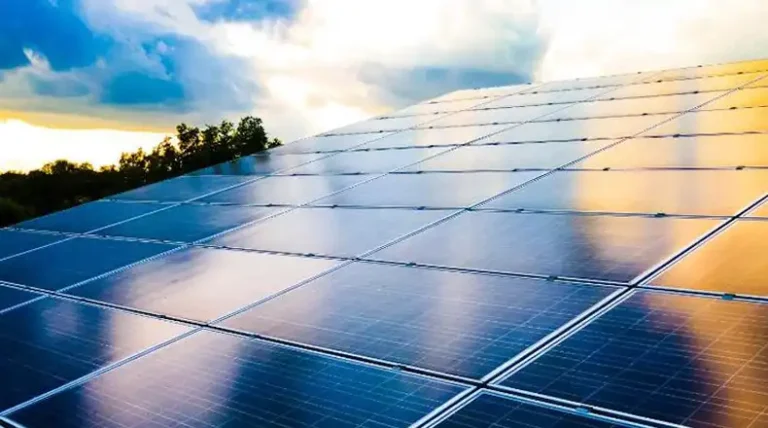Solar Inverter Repair and Solution | What to Do?
Inverters play a critical role in the functioning of the entire photovoltaic system. Solar panel systems generate DC electricity, while home and office devices run on AC. A solar inverter converts the DC output from solar panels into usable 240V AC power that can run lights, appliances, etc.
With no moving parts, these advanced electronic devices use power semiconductors, control circuits, and software algorithms to efficiently convert DC to AC. Solar inverters connect seamlessly to the electricity grid too in grid-tied systems.
Like any electronic equipment, solar inverters are also prone to wear and tear over the years. Faulty inverters can completely stop energy flow from panels or deliver low, erratic power. That’s why comprehending common inverter problems and undertaking prompt troubleshooting and repairs is essential.
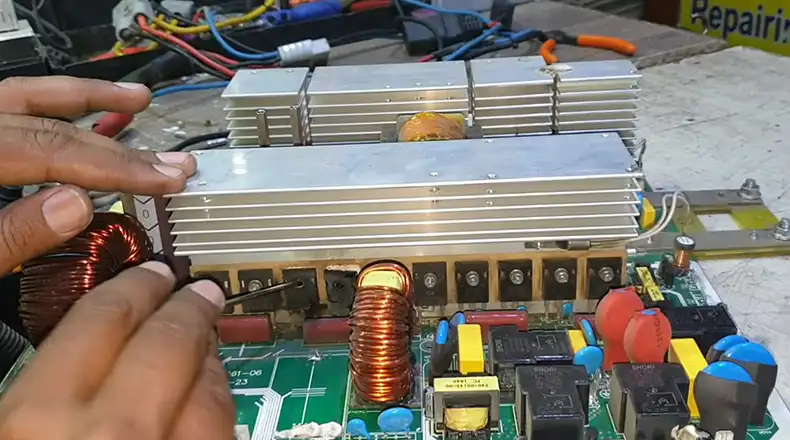
Identifying Solar Inverter Issues
Some visible signs of a potentially faulty solar inverter include:
- Zero or low 240V AC output voltage measured at inverter output terminals
- The inverter is unable to start despite DC solar input availability
- Frequent unexplained tripping off or shutdowns
- Warning alarms, error codes, or blinking red lights on the inverter
- Physical damage like cracks, dents, corrosion or overheating
Inverter failures can range from simple fixes to complex issues needing professional intervention. Diagnosing the root cause accurately is important before attempting repairs.
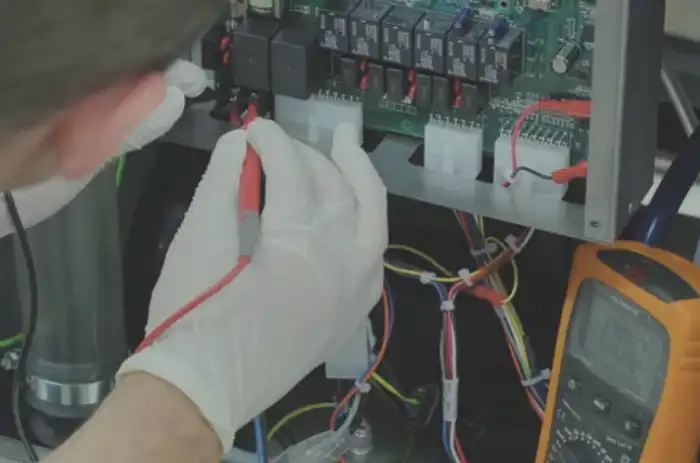
What Are the Common Solar Inverter Problems
Solar inverter glitches can be broadly categorized under:
Power Output Problems
Low or no power output points to DC input issues like –
a) Dirty panels unable to generate enough input
b) Shading obstruction reduces sunlight
c) Faulty PV panel connections interrupting the DC supply
d) Problems with MPPT circuit regulation
The inverter not turning on can arise from –
a) Insufficient DC input voltage below the startup threshold
b) Loose DC wiring connections at input terminals
c) Faulty switched mode power supply inside
c) Broken fuses or contactors
Frequent shutdowns or tripping occur due to –
a) Overheating and thermal protection kicking in
b) Output short circuits or overloads exceeding inverter rating
c) Moisture ingress or dust fouling control circuit boards
d) Surges or electrical noise disturbing control electronics
Error Codes and Warning Signs
Inverters give out error codes through flashing lights or warning sound beeps to indicate specific internal fault conditions detected through self-diagnostics. Referring to the service manual deciphers –
a) Nature of the inverter failure
b) Troubleshooting procedures to attempt
c) Need for professional repair
For example, an ‘E001’ error code in a particular inverter brand indicates input undervoltage problems while ‘E008’ signifies inverter overheating issues.
Physical Damage
Cracks or dents causing internal component failures call for professionals to disassemble and repair the inverter. Exposure to environmental or voltage surges can destroy delicate electronics. Bugs like ants or lizards finding their way inside can shorten connections! Timely inspection and preventive maintenance avoid inverter damage.
Environmental Stresses
Issues correlated with seasons point to environmental factors impacting functioning. For example:
a) Cold winters cause start-up issues until internal temperatures rise
b) Hot summers lead to frequent overheating and shutdowns
c) Heavy dust or humidity corrosion on circuits after rains cripple inverter electronics
Let’s look at resolving such solar inverter malfunctions.
Solar Inverter Repair and Solutions
While a few problems can be fixed by technically competent users, complex troubleshooting and repairs need qualified solar inverter specialists.
DIY Troubleshooting and Minor Repairs
a) Handy homeowners can attempt quick checks like –
b) Visual inspection of damage, moisture seepage, or loose connections
c) Testing continuity or tightening wiring connections
d) Cleaning air filters, fans, and dust removal from electronics
e) Resetting AC circuit breakers or replacing broken DC fuses
f) Checking error code implications in the device manual
These basic first-aid steps can help restore functionality. However, extensive repairs should be left to trained personnel given the lethal combinational risks of DC electricity, hazardous circuit exposures, and fire hazards when devices are opened. Component-level repair involves microelectronics expertise.
Safety first beyond basic troubleshooting!
Professional Solar Inverter Repair Services
With experience spanning thousands of installations, solar servicing technicians have advanced diagnostics equipment to probe electronics and spot failure reasons through event logs. Minor repairs include:
a) Firmware updates and data recovery
b) Reseating boards or welding joints
c) Sensor, capacitor, and chip replacement
d) Reflowing cracked solder joints on drivers
For severe damage beyond component level repair, the entire inverter needs replacement. This requires:
a) Ordering an equivalent inverter make and model
b) Safely disconnecting the faulty device
c) Mounting and rewiring the replacement unit
d) Reconfiguring software parameters appropriately
e) Testing and commissioning
When seeking professional assistance, ensure the solar servicing company is licensed, certified, and carries liability insurance.
Replacing Faulty Inverter Altogether
Since these involve specialized electrical skills and handling, the replacement of defunct solar inverters is best left to renewable energy contractors. Typically, the following scenarios warrant swapping the device instead of repair:
a) Old obsolete models that have crossed life expectancy
b) Severe internal corrosion or short circuit damage is impossible at a reasonable cost
c) High service charges reaching over 60% of replacement cost
d) Lack of availability of original replacement parts and boards
e) Comprehensive review revealing excessive faults across components
Properly sizing, selecting, installing, and configuring the new inverter for flawless synchronization with the solar system requires expertise – especially for grid-tied setups. Minor software setting errors can further lead to rapid breakdown or safety hazards.
The warranties, features, and compatibility metrics must be evaluated while investing in the replacement inverter since it often ends up outlasting the solar panel’s lifespan.
Tips for Prevention and Maintenance
While sudden failures emerging from unseen fatigue or hidden flaws cannot always be prevented, following good maintenance practices dramatically improves inverter lifetimes.
- Monitoring analytics if available from the manufacturer helps remotely diagnose performance issues quicker before they escalate into breakdowns.
- Periodic inspection of connectors, wiring conditions, etc. through preventive maintenance contracts with the installer helps identify deterioration.
- Keep the inverter area clean and dust-free since grime accumulation insulates heat dispersal. Periodic vacuum cleaning is advisable.
- Review and install any firmware updates for performance enhancements, cybersecurity fixes, etc. Monitor manufacturer notifications.
- Following equipment documentation guidelines around safe operating ambient temperatures, humidity ranges, etc avoid undue environmental stress.
Additional References and Resources
For those interested in learning more about solar inverter functionality, troubleshooting techniques, error interpretations, repair options, and overall serviceability considerations, check the articles and forums below:
Residential Solar Equipment Reliability Review – System Availability
Troubleshooting Fault Codes For Popular Solar Inverter Brands
Solar Power World Technology Training
American Solar Energy Society Troubleshooting Training
DIY solar enthusiasts also actively discuss experiences across various inverter models and diagnose each other’s issues over public forums like Reddit Solar Community.
For recommendations on reputed local solar servicing technicians or retailers supplying replacement inverters, check Energysage Solar Installer Network or stores on EnergyBin.
End Note
As solar deployments continue their strong double-digit growth trajectory year after year, the global installed base has expanded massively over the past decade. This has seen a corresponding increase in operational issues needing attention. Properly identifying faults early and undertaking correct troubleshooting procedures to restore system functionality quickly has become crucial. With inverters being integral components essential for the functioning of the overall PV system, their periodic inspection, timely repair, and strategic replacement require expertise and diligence.
I hope this guide offered you a helpful starting reference point on solar inverter troubleshooting and repair options available. Feel free to reach out in case any questions come up as you maintain your solar power asset over its lifetime. Stay powered on!
People Also Ask
How much does it cost to repair solar inverters?
For minor repairs like filter cleaning or fuse change, costs range from $80 – $150. More complex component fixes can range between $250 – $500. Retrofit replacements start from $1800 based on power rating and features.
How often do I need to repair my solar inverter?
With advanced models, inverters can reliably operate for over 10 years with minimal repairs like minor filters or fan replacement. However, it is wise to inspect systems annually and undertake preventative maintenance to minimize the risk of major mid-life electronic failures needing extensive repairs.
When should I replace it instead of repairing the inverters?
Consider replacing aging inverters over 10 years old, when faults recur in a short span despite repair attempts, or when quoted repair charges exceed 60% of a suitable replacement cost. Also factor in improved features and longer warranties from a new replacement inverter.
Can I reuse the old solar panels while replacing the faulty inverter?
Yes absolutely. As long as the solar PV panels are generating expected output unaffected by the defunct inverter, they can continue to be reused when the inverter is swapped out for a new unit.
When does the warranty apply?
Solar inverter warranties typically cover free replacements for equipment faults and failures observed over the first 10 years from the installation date, within designed operating conditions. Beyond 10 years, a constrained life warranty may cover replacement at prorated costs till 15 years. Warranties expire if user damage or unauthorized alterations are detected.

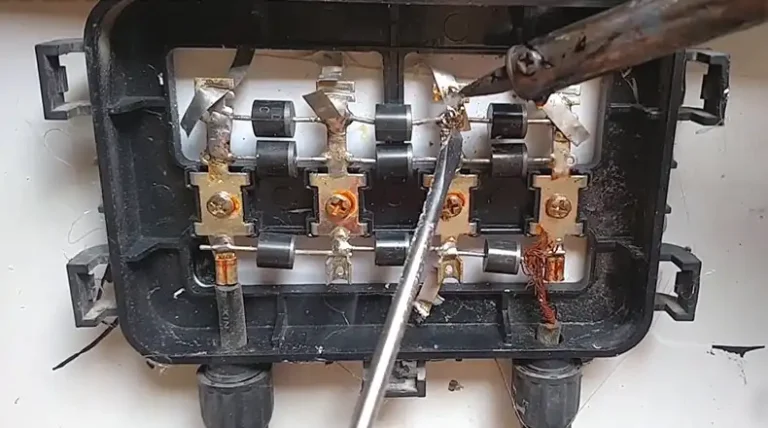
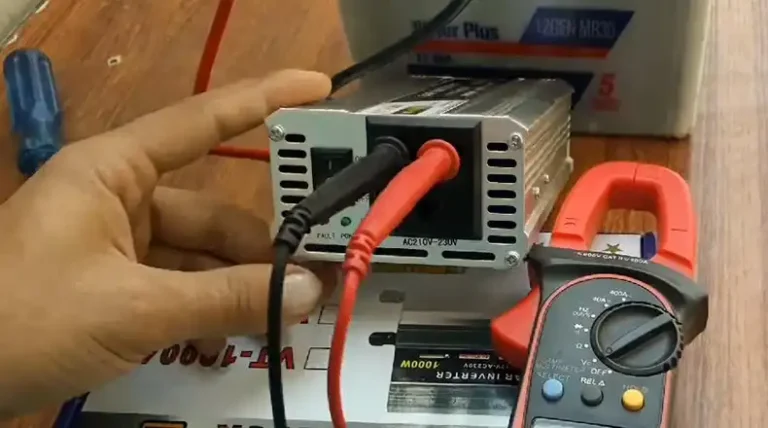
![What Size Inverter Do I Need for a Refrigerator? [Answerd]](https://www.itekenergy.com/wp-content/uploads/2024/04/What-Size-Inverter-Do-I-Need-for-a-Refrigerator-768x428.webp)
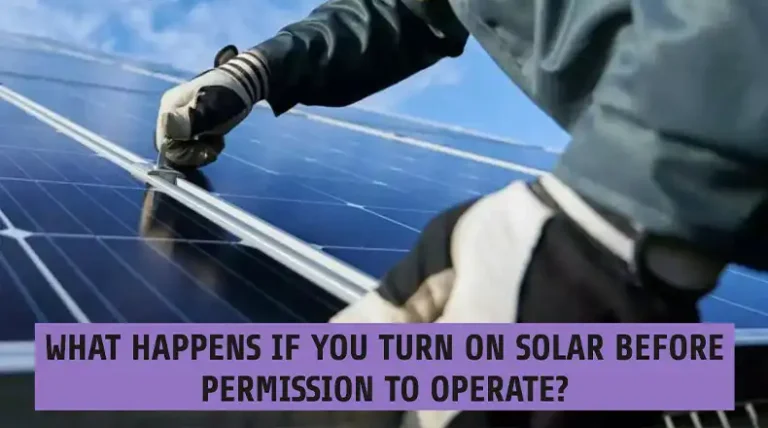
![[Troubleshooting] Solar Charge Controller No Load Output](https://www.itekenergy.com/wp-content/uploads/2023/12/Solar-Charge-Controller-No-Load-Output-768x428.webp)
